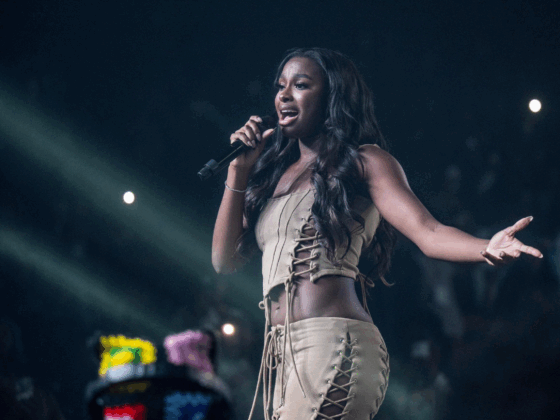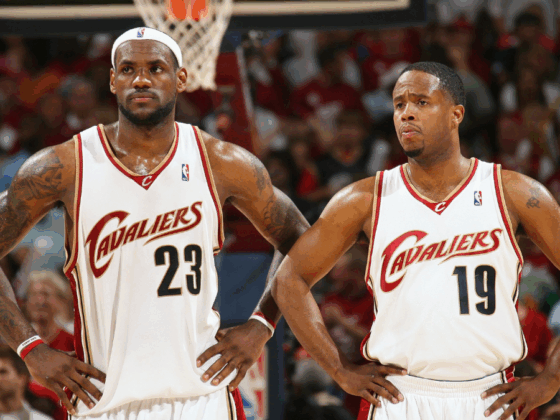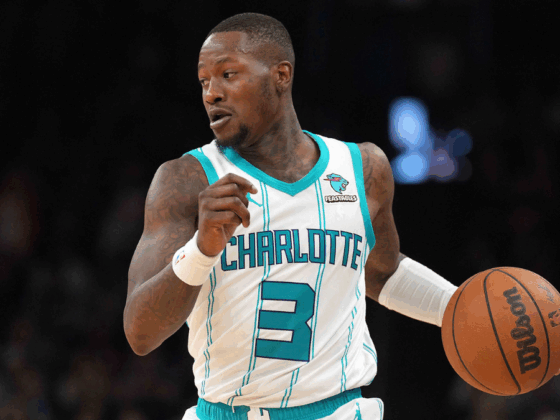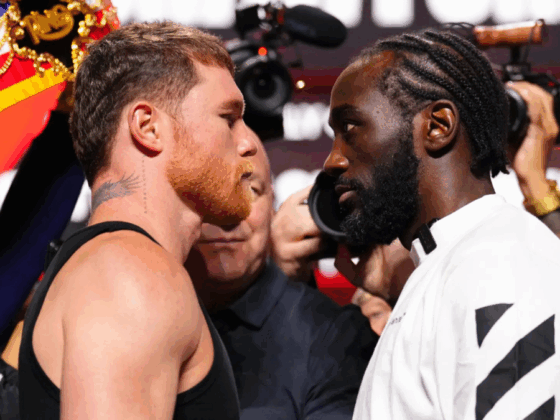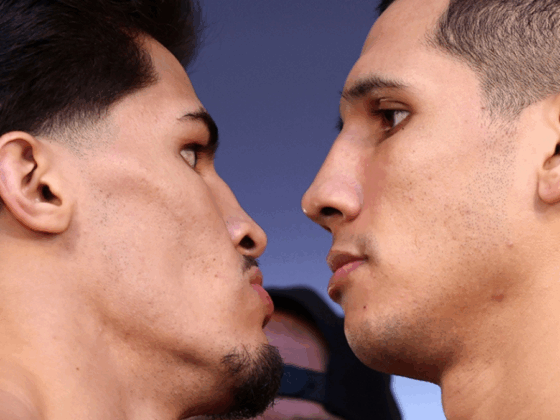
The NBA Twitter world has been in disarray since the Finals ended. From Dennis Rodman making diplomatic visits to North Korea to our annual discussion of how good Nikola Jokic is, I thought I’d do my part to soothe tensions by making a completely pointless list of the best young players in the game. Up next in our list of the league’s top young guards: the Denver Nuggets’ Jamal Murray.
A few notes to consider:
- The NBA landscape has changed dramatically in recent years. Positional fluidity, as well as a glut of the best guys growing up with the ball in their hands playing point guard, has led to a dearth of classic off-guards. Even guys who are classified as twos, Donovan Mitchell and Devin Booker for example, spend a ton of time with the ball in their hands running the offense. For the purposes of livelier debate, I decided to roll with “young guards” as a group.
- Playoff potential (or performance) is weighted heavily. Players who have a major weakness to be exploited will be docked accordingly, at least until it’s somewhat rectified.
- The list is a ranking based on projecting the players going forward, not a ranking of how good the players are right now.
- I haven’t included anyone from the upcoming draft class. Trae Young may very well be the next Steph Curry, but we won’t know for sure until he’s dropping in 30-footers at the highest level.
- This is a list of the best talent under-23. The best. All of these guys are really good. If I happen to put one guy over your favorite player, it’s not that I hate your favorite player or team. Please try to remember this before you set fire to my Twitter mentions calling me an idiot (though you certainly might be right in a more general sense).
Number Four: Jamal Murray
I’ll hold my hand up and admit it: I was late to the Jamal Murray party. Inconsistency marred his rookie season. The young Nugget failed to find the range that would seem to make him special. Then, without warning:
Murray started lighting it up from December on, averaging roughly 18 points-per-game on 46/41/90 shooting splits. His pull-up three started falling (35.8 percent over the same span). A 38-point explosion at the expense of Damian Lillard and the Blazers punctuated the point; Murray was for real:
Those weren’t just empty stats, either.
Murray’s impact on the Nuggets’ offense is stark, particularly when paired with the team’s talismanic big-man Nikola Jokic. The team posts a 114.4 offensive-rating when Murray and the Joker share the floor (per NBA line-up data), the second best non-Golden State/Houston pairing in the league (behind only Joel Embiid and Ben Simmons at 114.9). The Impact data (also courtesy of the NBA) is even more illuminating:
Murray and Jokic together: Offensive-rating (114.4) EFG%: (55.7percent)
Only Jokic: Offensive-rating (106.1) EFG%: (51.2 percent)
Only Murray: Offensive-rating (108.7) EFG%: (54.1 percent)
Both Off: Offensive-rating (101.9) EFG%: (50.2 percent)
While Jokic might garner most of the credit (and criticism) leveled at the Nuggets online, the team’s destiny might land in the hands of Murray.
A Work In Progress
Though only possessing average size and explosiveness for his position (the latter has certainly improved since draft day), Murray has worked assiduously to augment his flawless fundamentals with some dynamism. Considered a below-average ballhandler coming into the league, Murray has sharpened his handle to the point of breaking the occasional ankle. Just ask Steven Adams:
Jamal Murray seems like a lock to flirt with the 50/40/90 club throughout his career. The speed with which he squares up, perfect form, into pull-up threes is jarring. Get lost in transition coverage and you’re toast:
Murray shot 62.1 percent at the rim last season (per basketball-reference), an impressive rate for a player so slight. Part of that efficiency can be attributed to Denver’s spacing, but not entirely. Murray’s footwork and touch around the basket are excellent. He has an effective floater game and has shown nice dexterity and creativity finishing in and around rim-protectors. Watch him attack a stout Jazz defense for the and-one:
Murray gets a little over-ambitious at times. Drives sometimes go nowhere, and he’s far less consistent attacking the basket than fellow Nugget Gary Harris. Still, it’s encouraging to see young players spread their wings and just try things.
Murray’s clutch play has been stellar. He scored 84 points in 152 clutch minutes in 2017–18, on a more than stellar 62.8 true-shooting percentage. It’s becoming increasingly unfashionable to discuss whether a player is “clutch” or not, but Murray’s big-game chops (including making an incredible 26 of 27 clutch free-throws) are a very encouraging sign going forward. I’m a big believer in clutch performance being predictive, somewhat, of how a player will handle the stress of the playoffs.
Murray is mostly bad defensively at the moment, ranking 93rd among point guards in defensive real plus-minus. But, like a lot of young guards, there is no reason to believe he’s incapable of becoming at least average. Steph Curry, the player Murray will be burdened with comparisons to, took several seasons to become an average defender.
Giving effort is half the battle, and Murray at least tries. Table this discussion for a few seasons from now.
Tough Decisions
I don’t feel good about placing Murray fourth on my “young guards” list. I shuffled the players in consideration several times, and I could still be persuaded one way or another. It speaks to the health of the league that a player as skilled as Murray, already producing at such a high-level, is eclipsed by three other guards under-23.
Jamal Murray is twenty. He averaged sixteen points-per-game for a playoff contender in one of the most brutally competitive conferences in recent memory. If he comes out of the gate two seasons from now, blistering the nets to the tune of 25 points and 60 percent from three, feel free to shove this in my face.
